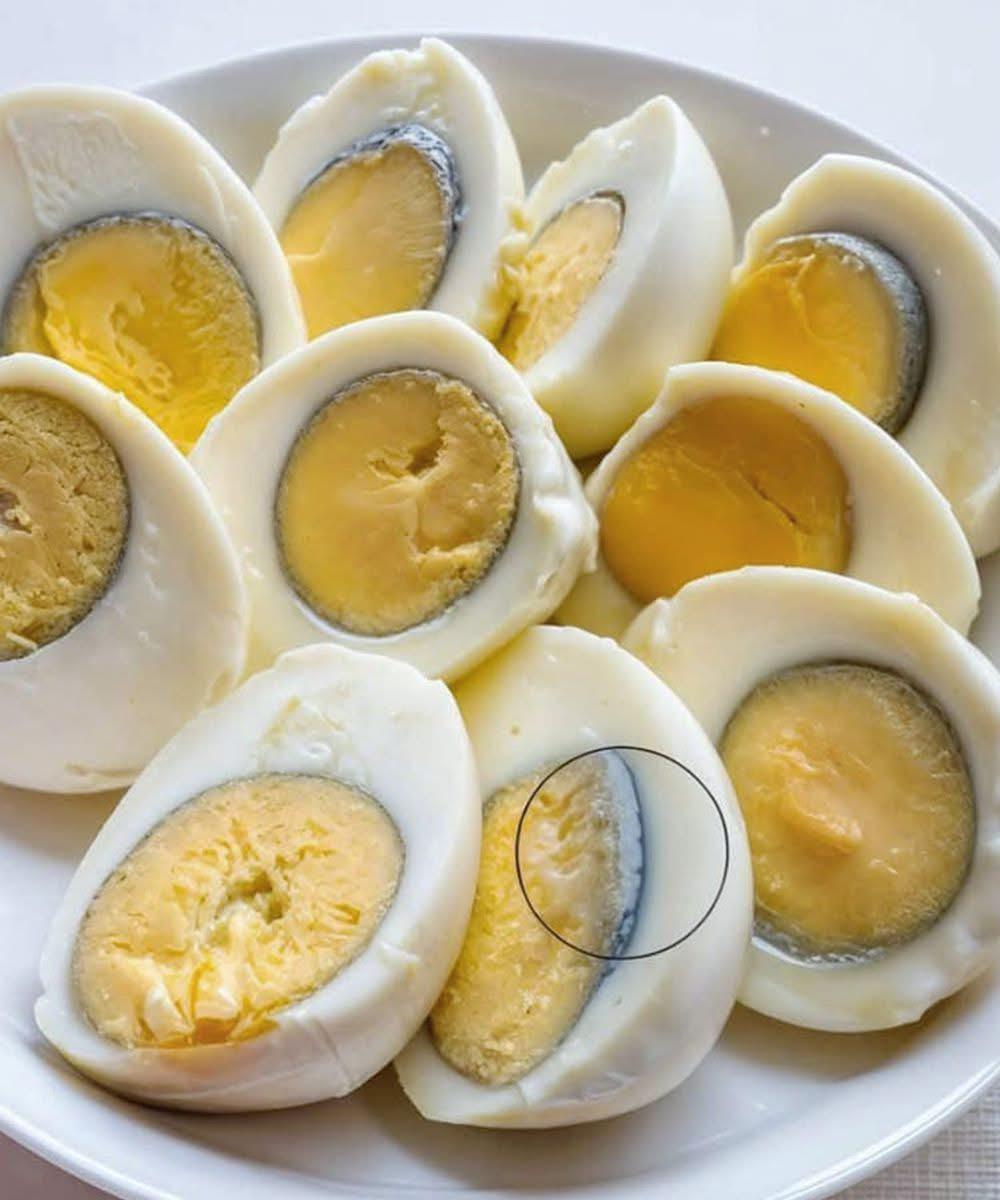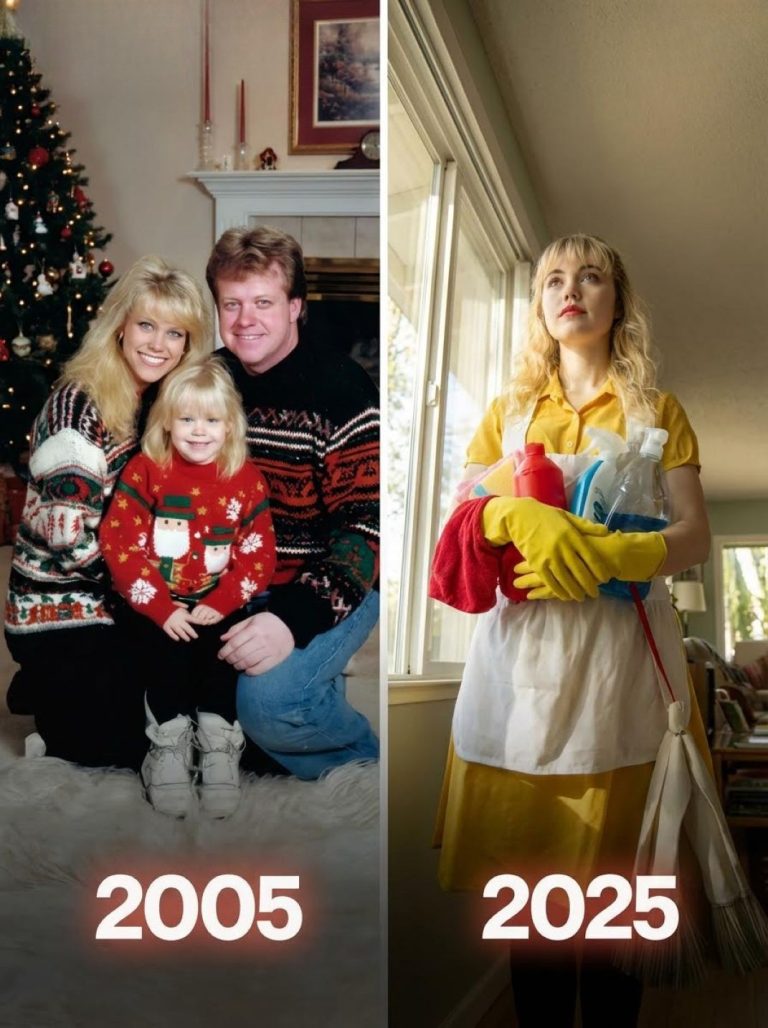
If you’ve ever peeled a hard-boiled egg only to find a strange green or gray ring around the yolk, you’re not alone. For many home cooks, this unexpected discoloration can be puzzling—and even a little off-putting.
The good news? It’s not harmful. The green ring is a common cooking occurrence, and it’s caused by a simple chemical reaction. Understanding why it happens can help you prevent it and enjoy perfectly golden yolks every time.
The Science Behind the Green Ring
The green or gray ring forms when eggs are cooked for too long or at too high a temperature. Here’s what’s happening inside:
- Sulfur Meets Iron
Egg whites naturally contain sulfur, while the yolk contains iron. When eggs are heated, the sulfur in the whites reacts with the iron in the yolk. - Formation of Iron Sulfide
This reaction produces ferrous sulfide, a compound with a greenish-gray color. It forms right at the boundary between the white and yolk, creating that distinct ring. - Heat and Time Are Key
The longer and hotter the egg is cooked, the more pronounced the reaction—and the darker the ring will be.
Does the Green Ring Mean the Egg Has Gone Bad?
No. The discoloration is purely cosmetic. The egg is still safe to eat as long as it was fresh before cooking and handled properly.
However, overcooked eggs may have a slightly different texture and flavor—sometimes drier or chalkier than perfectly boiled ones.
How to Prevent the Green Ring
The key is to control both cooking time and temperature. Here’s a foolproof method:
Also Read : When Someone in the Family Passes Away, Never Throw Away These 4 Things at Their Funeral
1. Start with Room-Temperature Eggs
This helps them cook evenly and reduces the risk of cracking.
2. Gentle Boil, Then Rest
- Place eggs in a pot and cover with cold water by about an inch.
- Bring to a gentle boil—not a rolling, aggressive boil.
- Once boiling, remove from heat, cover the pot, and let eggs sit in the hot water for:
- 9–10 minutes (medium eggs)
- 11–12 minutes (large eggs)
3. Cool Quickly
Immediately transfer the eggs to an ice water bath for at least 5 minutes. Rapid cooling stops the cooking process, preventing overcooking and minimizing the sulfur-iron reaction.
Other Factors That Can Contribute
- Egg Freshness
Slightly older eggs are easier to peel but can be more prone to discoloration if overcooked. - Cooking Method
Pressure cooking and steaming can also produce green rings if cooking time isn’t adjusted. - Water Quality
Hard water with higher mineral content can intensify the color change.
When the Green Ring Is Actually Intentional
Interestingly, some recipes aim for this effect. Certain traditional dishes, like Chinese tea eggs or Middle Eastern spiced eggs, are intentionally cooked for long periods, creating a dark halo around the yolk as part of the dish’s aesthetic and flavor profile.
Final Tips for Perfect Hard-Boiled Eggs
- Avoid boiling eggs at high heat for extended periods.
- Use an ice bath to stop cooking immediately.
- Experiment with cooking times to match your preferred yolk texture.
- Remember, the green ring doesn’t mean danger—it just means the egg spent a bit too much time in the heat.
In Summary:
That mysterious green ring around your hard-boiled egg is simply a sign of a chemical reaction between sulfur and iron caused by heat. It’s harmless, but if you want picture-perfect yellow yolks, a little timing and temperature control go a long way.



